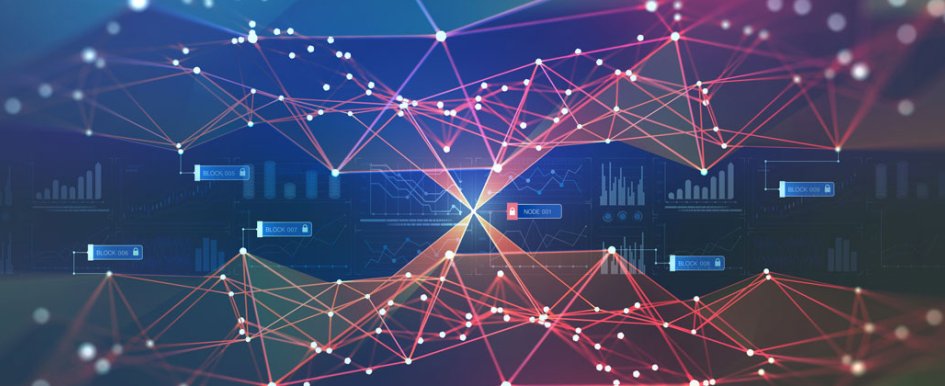
Today, it seems as though everything is under construction. Be it downtown or beyond the county line, a walk outside unencumbered by a sleek looking building or bridge being built is almost a rarity.
Although these projects are being built to the specs of the most modern designs and often accommodate the latest technology criteria, the crews building them are not necessarily taking advantage of the latest technologies available to drive faster and more accurate project completion. While there have been some recent strides in adoption, the construction industry has a looming reputation for being slow to adopt the latest tech for the jobsite.
As some field teams dream of moving forward with new tools and tech initiatives, some owners remain hesitant. Because most tools being used on jobsites are outdated, owners must recognize that without new tools, companies can lose millions of dollars in productivity. Not a moment too soon, artificial intelligence (AI) is emerging and completely reshaping the industry. While it’s early yet, the rise and impact of AI has already been significant in various aspects of construction.
Data Drives the World
We live in a data-driven world, and the proper use of data offers invaluable insights, allowing users to make informed decisions far more efficiently. This notion is especially true for those working in construction, as details are everything when it comes to a building project, leaving little room for mistakes. Any slight miscalculation can result in a faulty structure that must be torn down and rebuilt, wasting time and money. AI’s presence on construction sites is all but eliminating many common errors while also reducing risks.
With powerful, AI-supported cameras on-site, project managers are able to get real-time visuals around the clock, allowing them to not only see when a mistake is being made, but also to predict mistakes and prevent them from occurring. The ability to anticipate problem areas keeps projects on schedule and moving forward, minimizing waste of both labor and profit.
AI-supported cameras continuously monitor all areas around a jobsite, allowing viewers to understand and analyze all activities in real time. AI provides useful and actionable insights to owners, project managers and superintendents alike, giving them complete control down to the finest details. Insights include processes, such as equipment utilization, truck arrivals and departures, and personnel presence on-site at any given time. AI even enhances the value of regular video cameras mounted at jobsites for monitoring security, tracking progress, alerting users about potential bottlenecks or delays, spotting potential problems (like safety issues), and more. Because most data lives in the cloud, there has been an influx of applications that help managers across several industries make better decisions based on insights gathered using these advanced analytics.
AI Boosts Productivity
Although construction projects take time to complete, they operate on incredibly tight timelines. It is critical that project managers adhere to these timelines to ensure all stakeholders are pleased with the progress and to make sure no extra time or money will be spent unnecessarily. Of course, there is no way to completely eliminate mistakes, but AI is playing a major role in increasing the overall efficiency of construction projects while reducing the number of errors. In fact, a 2017 McKinsey report predicts that construction firms could boost productivity by as much as 50 percent through real-time data analysis.
As a result, some companies could cut their construction times in half, simply by incorporating AI into their projects. The construction industry has been known to update at a slower pace than other industries—especially as it relates to technology. So, while it is unsurprising that modern technology has yet to make its way onto every jobsite, it is only a matter of time.
As AI continues to rise and shine in the construction industry, it will soon become commonplace to see jobsites with AI-supported systems. And with so many construction managers experiencing this level of success with AI, it would be a costly mistake for others to lag behind due to outdated tools.
AI Improves Site Safety
One of the construction industry’s most challenging tasks is risk mitigation. On any particular jobsite, there are many subcontractors working on projects simultaneously, opening the door to thousands of safety issues. The dynamics of jobsites are constantly changing, so managing site safety is difficult and complex, to say the least.
The numbers speak for themselves: Struck-by deaths in construction (deaths on a jobsite where a worker is struck by an object, vehicle or piece of equipment) have risen by a staggering 34 percent in the United States since 2010. Construction sites are not getting any safer on their own; they are actually becoming
more dangerous.
Contractors must be constantly aware of potential risk areas to ensure the safety of their employees. Making sure that the work site is properly equipped and secured with the appropriate systems is crucial to keeping a site safe. Improved technology provides more options and increased convenience when it comes to supervision, safety, and management.
AI takes aim at the complexities within a construction site and is being deployed to improve outdated processes. AI algorithms facilitate understanding and anticipation of complex problems, allowing managers to make informed decisions and mitigate risks. Using AI, it is possible to automatically identify and assign priority to issues.
It is an exciting time to be a part of the construction industry, as emerging technologies like AI are becoming widely accessible. If utilized, AI has the capability to revolutionize the industry, paving the way to levels of project efficiency and safety that were once impossible.
